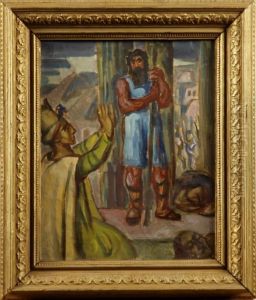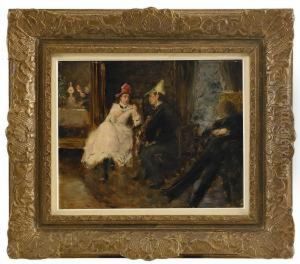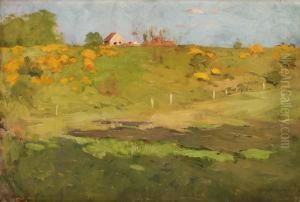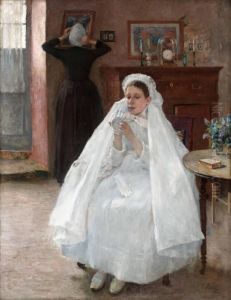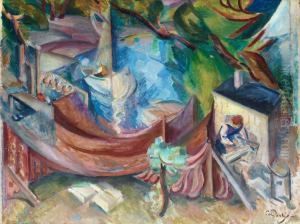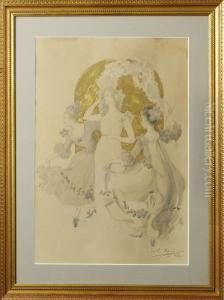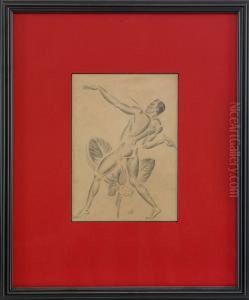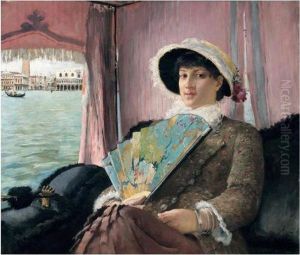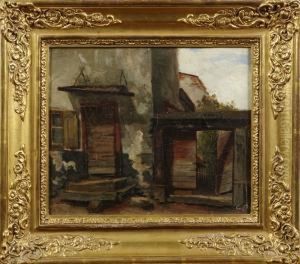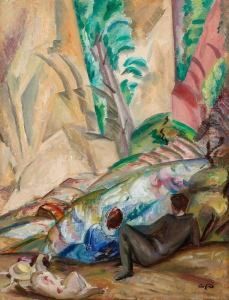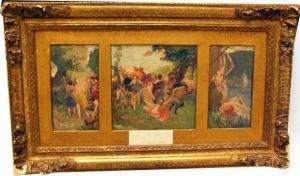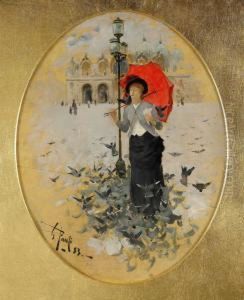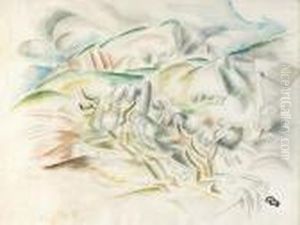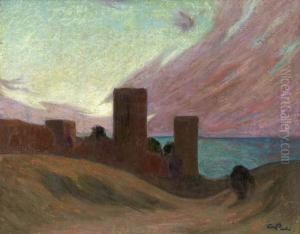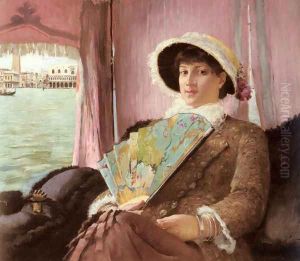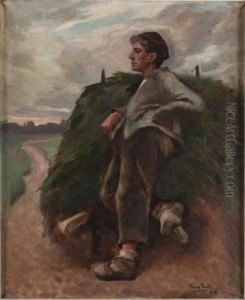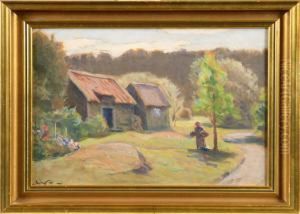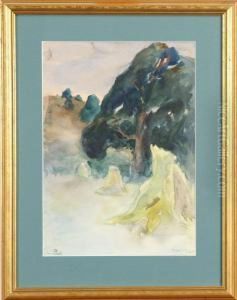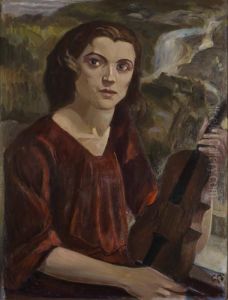Georg Pauli Paintings
Georg Pauli was a Swedish painter and artist, known for his contributions to the National Romantic style, as well as for his work as a muralist. Born on July 2, 1855, in Jönköping, Sweden, he developed an interest in art at an early age and went on to study at the Royal Swedish Academy of Fine Arts in Stockholm.
During his time at the academy, Pauli was influenced by the prevailing academic traditions, but he was also drawn to the burgeoning plein air movement, which emphasized painting outdoors to capture the nuances of natural light. After completing his education, Pauli traveled extensively throughout Europe, including stays in Paris and Italy, where he absorbed influences from contemporary art movements.
In the late 19th century, Pauli, along with his contemporaries, began to forge a distinct Swedish national identity in art that drew inspiration from the country's landscape, history, and folklore. This was in response to a broader European interest in national romanticism, which sought to find the essence of a people's spirit through artistic expression.
Pauli's work during this period often featured scenes of Swedish nature and rural life, imbued with a sense of lyrical romanticism. In addition to his landscape paintings, he is particularly noted for his large-scale murals in public and governmental buildings, which are considered some of his most significant contributions. His murals are characterized by their grandeur and rich detail, celebrating Swedish history and culture.
He married fellow artist Hanna Hirsch in 1887, and the couple became central figures in the Swedish art world, hosting a salon that was frequented by many prominent cultural figures of the time. In his later years, Pauli continued to paint and remained active in the art community, serving as a professor at the Royal Swedish Academy of Fine Arts.
Georg Pauli passed away on November 28, 1935. His legacy is preserved in the form of his many paintings and murals, which continue to be admired for their beauty and historical significance. His work is exhibited in various museums and galleries throughout Sweden and serves as a testament to his role in shaping the Swedish National Romantic art movement.

